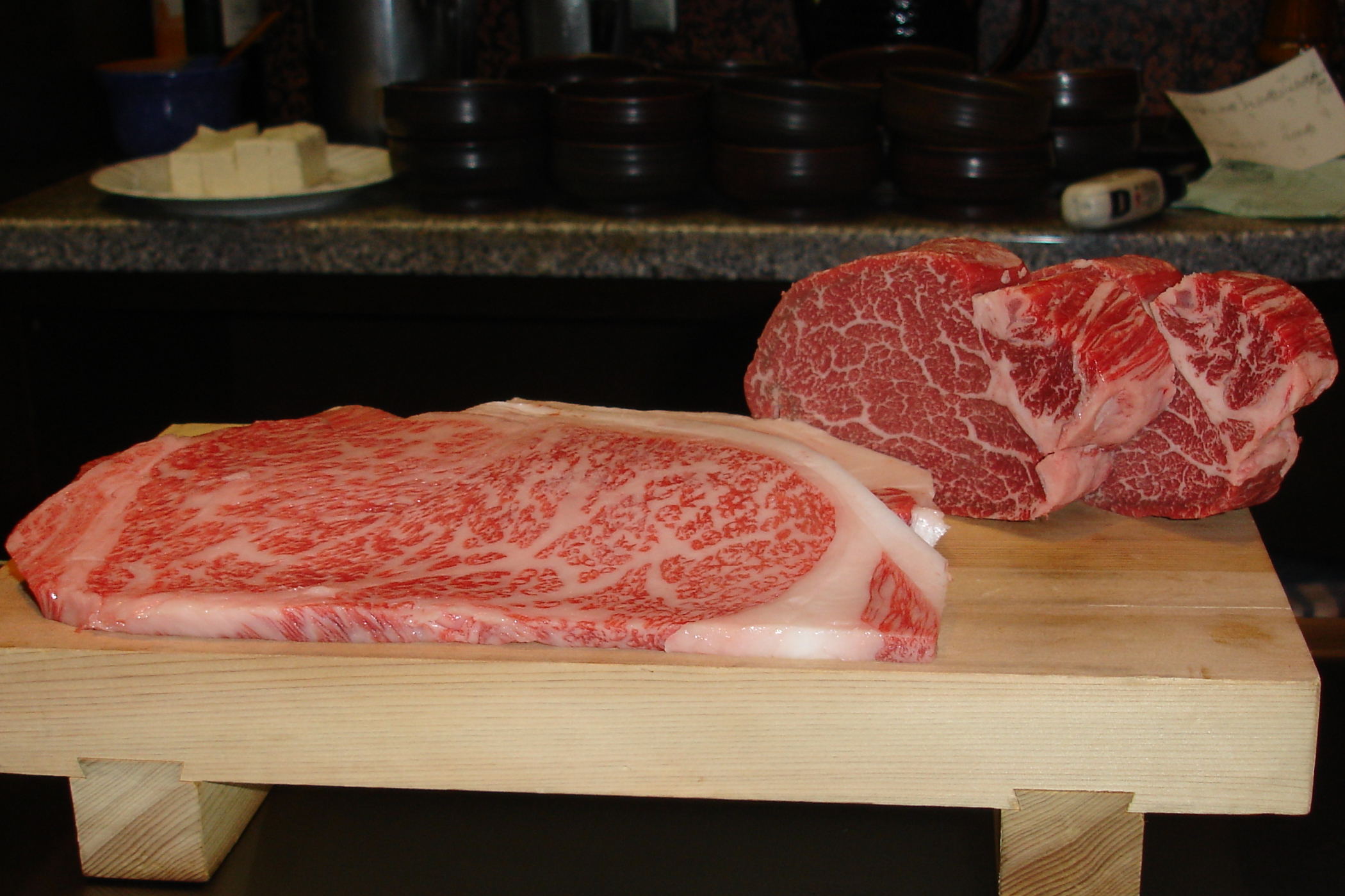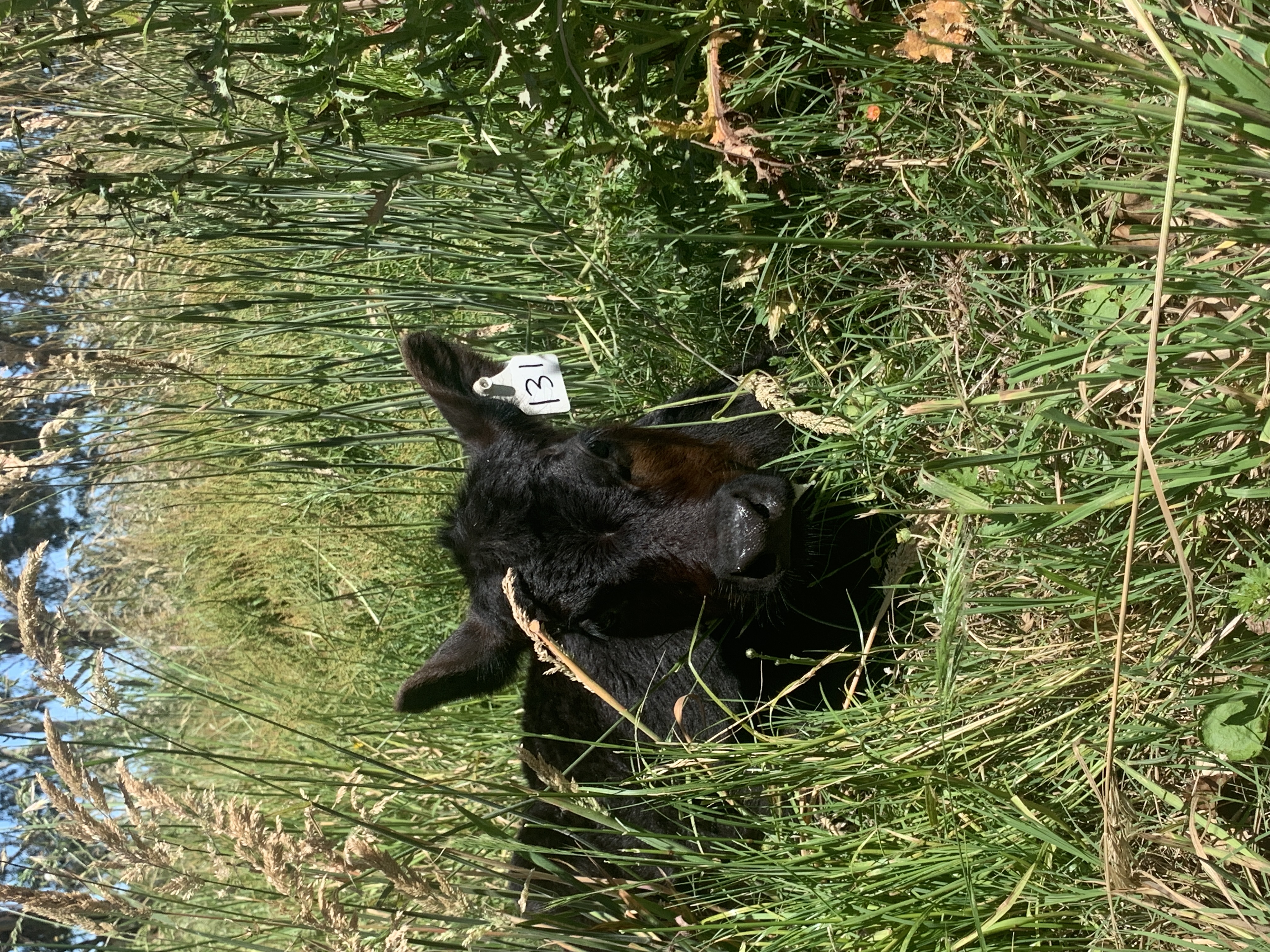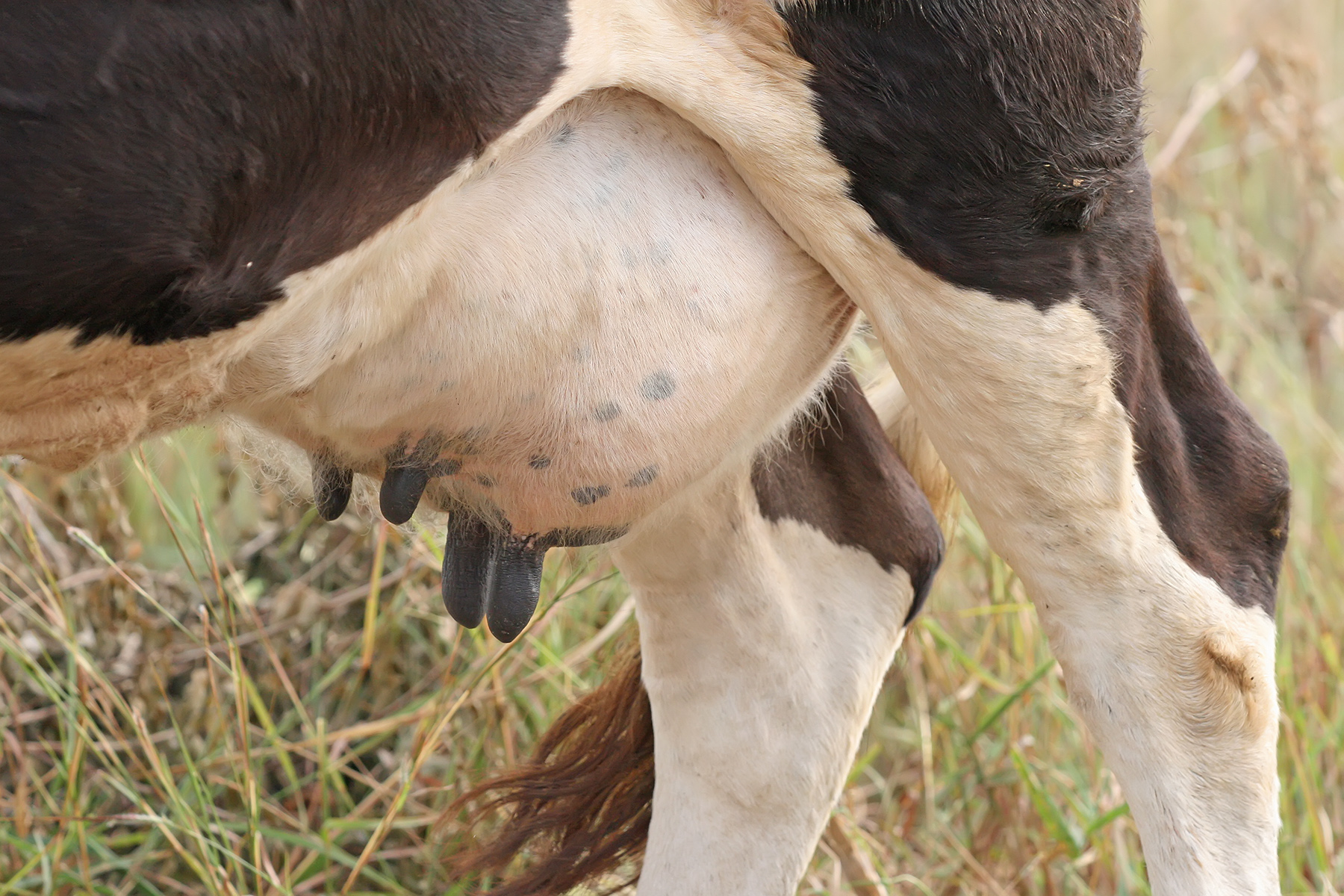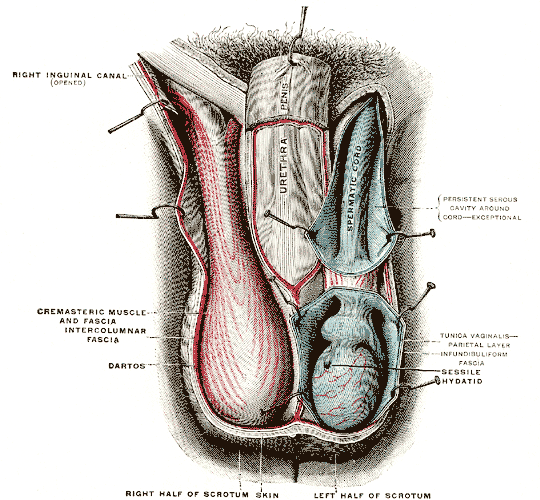|
Australian Lowline
The Australian Lowline is a modern Australian breed of small, polled beef cattle. It was the result of a selective breeding experiment using black Aberdeen Angus cattle at the Agricultural Research Centre of the Department of Agriculture of New South Wales at Trangie. It is among the smallest breeds of cattle, but is not a dwarf breed. History In 1929 the Department of Agriculture of New South Wales started an Aberdeen Angus herd at the Agricultural Research Centre at Trangie with stock imported from Canada. Various additions to the herd were made, from Canada, from the United States, from the United Kingdom and from other herds in Australia, until the herd-book was closed in 1964. From about this time, various research projects were conducted at Trangie. In 1974 an investigation of the correlation between growth rate and profitability, and of whether feed conversion efficiency was higher in large or in small animals fed on grass, was begun. In the study, three separate her ... [...More Info...] [...Related Items...] OR: [Wikipedia] [Google] [Baidu] |
Beef
Beef is the culinary name for meat from cattle (''Bos taurus''). In prehistoric times, humankind hunted aurochs and later domesticated them. Since that time, numerous breeds of cattle have been bred specifically for the quality or quantity of their meat. Today, beef is the third most widely consumed meat in the world, after pork and poultry. As of 2018, the United States, Brazil, and China were the largest producers of beef. Beef can be prepared in various ways; cuts are often used for steak, which can be cooked to varying degrees of doneness, while trimmings are often ground or minced, as found in most hamburgers. Beef contains protein, iron, and vitamin B12. Along with other kinds of red meat, high consumption is associated with an increased risk of colorectal cancer and coronary heart disease, especially when processed. Beef has a high environmental impact, being a primary driver of deforestation with the highest greenhouse gas emissions of any agricultural product. ... [...More Info...] [...Related Items...] OR: [Wikipedia] [Google] [Baidu] |
Feed Conversion Efficiency
In animal husbandry, feed conversion ratio (FCR) or feed conversion rate is a ratio or rate measuring of the efficiency with which the bodies of livestock convert animal feed into the desired output. For dairy cows, for example, the output is milk, whereas in animals raised for meat (such as beef cows,Dan Shike, University of IllinoiBeef Cattle Feed Efficiency/ref> pigs, chickens, and fish) the output is the flesh, that is, the body mass gained by the animal, represented either in the final mass of the animal or the mass of the dressed output. FCR is the mass of the input divided by the output (thus mass of feed per mass of milk or meat). In some sectors, feed efficiency, which is the output divided by the input (i.e. the inverse of FCR), is used. These concepts are also closely related to efficiency of conversion of ingested foods (ECI). Background Feed conversion ratio (FCR) is the ratio of inputs to outputs; it is the inverse of "feed efficiency" which is the ratio of output ... [...More Info...] [...Related Items...] OR: [Wikipedia] [Google] [Baidu] |
Marbling (beef)
Marbled meat is meat, especially red meat, that contains various amounts of intramuscular fat, giving it an appearance similar to marble. Important terms defined ''Beef quality grades'' - A quality grade is a composite evaluation of factors that affect palatability of meat ( tenderness, juiciness, and flavor). These factors include carcass maturity, firmness, texture, and color of lean, and the amount and distribution of marbling within the lean. Beef carcass quality grading is based on (1) degree of marbling and (2) degree of maturity. ''Marbling'' - (intramuscular fat) is the intermingling or dispersion of fat within the lean. Graders evaluate the amount and distribution of marbling in the ribeye muscle at the cut surface after the carcass has been ribbed between the 12th and 13th ribs. Degree of marbling is the primary determination of quality grade. ''Maturity'' refers to the physiological age of the animal rather than the chronological age. Because the chronological age ... [...More Info...] [...Related Items...] OR: [Wikipedia] [Google] [Baidu] |
Calf (animal)
A calf ( : calves) is a young domestic cow or bull. Calves are reared to become adult cattle or are slaughtered for their meat, called veal, and hide. The term ''calf'' is also used for some other species. See "Other animals" below. Terminology "Calf" is the term used from birth to weaning, when it becomes known as a ''weaner'' or ''weaner calf'', though in some areas the term "calf" may be used until the animal is a yearling. The birth of a calf is known as ''calving''. A calf that has lost its mother is an orphan calf, also known as a ''poddy'' or ''poddy-calf'' in British. ''Bobby calves'' are young calves which are to be slaughtered for human consumption. A ''vealer'' is a calf weighing less than about which is at about eight to nine months of age. A young female calf from birth until she has had a calf of her own is called a ''heifer'' (). In the American Old West, a motherless or small, runty calf was sometimes referred to as a dodie. The term "calf" is also used for ... [...More Info...] [...Related Items...] OR: [Wikipedia] [Google] [Baidu] |
Udder
An udder is an organ formed of two or four mammary glands on the females of dairy animals and ruminants such as cattle, goats, and sheep. An udder is equivalent to the breast in primates and elephantine pachyderms. The udder is a single mass hanging beneath the animal, consisting of pairs of mammary glands with protruding teats. In cattle and camels, there are normally two pairs, in sheep, goats and deer, there is one pair, and in some animals, there are many pairs. In animals with udders, the mammary glands develop on the milk line near the groin, and mammary glands that develop on the chest (such as in humans and apes and elephants) are generally referred to as breasts. Udder care and hygiene in cows is important in milking, aiding uninterrupted and untainted milk production, and preventing mastitis. Products exist to soothe the chapped skin of the udder. This helps prevent bacterial infection, and reduces irritation during milking by the cups, and so the cow is less likely to ... [...More Info...] [...Related Items...] OR: [Wikipedia] [Google] [Baidu] |
Scrotum
The scrotum or scrotal sac is an anatomical male reproductive structure located at the base of the penis that consists of a suspended dual-chambered sac of skin and smooth muscle. It is present in most terrestrial male mammals. The scrotum contains the external spermatic fascia, testes, epididymis, and ductus deferens. It is a distention of the perineum and carries some abdominal tissues into its cavity including the testicular artery, testicular vein, and pampiniform plexus. The perineal raphe is a small, vertical, slightly raised ridge of scrotal skin under which is found the scrotal septum. It appears as a thin longitudinal line that runs front to back over the entire scrotum. In humans and some other mammals the scrotum becomes covered with pubic hair at puberty. The scrotum will usually tighten during penile erection and when exposed to cold temperatures. One testis is typically lower than the other to avoid compression in the event of an impact. The scrotum is biologicall ... [...More Info...] [...Related Items...] OR: [Wikipedia] [Google] [Baidu] |
DAD-IS
DAD-IS is the acronym of the worldwide Domestic Animal Diversity Information System of the Food and Agriculture Organization of the United Nations, within the FAO's management of animal genetic resources programme.Domestic Animal Diversity Information System (DADIS)- About. Food and Agriculture Organization of the United Nations. It includes a searchable database of information about breeds, the Global Databank for Animal Genetic Resources; it also holds tools for management, and contacts for the National and Regional Coordinators for the programme. Data frothe Global Databankis used for reporting on the global status and trends of animal genetic resources. The fourth version of the DAD-IS was launched on 21 November 2017. Breeds in the Global Databank There were 11,116 mammalian national breed populations in DAD-IS as of February 2016, and 3,799 avian national breed populations.2016. FAO. Status of Animal Genetic Resources. http://www.fao.org/documents/card/en/c/c40d538b-476 ... [...More Info...] [...Related Items...] OR: [Wikipedia] [Google] [Baidu] |
Breeders' Association
Breed clubs are associations or clubs with activities centered on a single, specific breed of a particular species of domesticated animal. The purpose of the association will vary with the species of animal and the goals and needs of the members of the association. Breed associations or clubs may vary in their goals, activities and nomenclature from country to country, even for the same breed. Most domesticated animals, whether they are agricultural animals such as cattle, llamas, poultry, sheep and pigs, or companion animals such as pigeons, horses, cats and dogs, have breed clubs associated with the breed. Purpose In general, breed clubs and associations create a written definition of the breed (called a breed standard) for the breed with which the organization is associated. Breed clubs also maintain important records, and provide members with information. Many breed associations also have a social component, organising various activities such as shows. In addition, they may r ... [...More Info...] [...Related Items...] OR: [Wikipedia] [Google] [Baidu] |
Hamilton, Victoria
Hamilton is a large town in south-western Victoria, Australia, at the intersection of the Glenelg Highway and the Henty Highway. The Hamilton Highway connects it to Geelong. Hamilton is in the federal Division of Wannon, and is in the Southern Grampians local government area. Hamilton claims to be the ''"Wool Capital of the World"'', based on its strong historical links to sheep grazing which continue today. The town uses the tagline "Greater Hamilton: one place, many possibilities". History Early history Hamilton was built near the border of three traditional indigenous tribal territories: the Gunditjmara land that stretches south to the coast, the Tjapwurong land to the north east and the Bunganditj territory to the west. People who lived in these areas tended to be settled rather than nomadic. The region is fertile and well-watered, leading to an abundance of wildlife, and no need to travel far for food. Physical remains such as the weirs and fish traps found in Lake Cond ... [...More Info...] [...Related Items...] OR: [Wikipedia] [Google] [Baidu] |
Glen Innes, New South Wales
Glen Innes is a parish and town on the Northern Tablelands, in the New England region of New South Wales, Australia. It is the centre of the Glen Innes Severn Shire Council. The town is located at the intersection of the New England Highway and the Gwydir Highway. At the 2016 census, Glen Innes had a population of 6,155. History The original owners of Glen Innes and surrounding areas are the Ngarabal people.MacPherson, J. (1905). Ngarrabul and other Aboriginal tribes. Proceedings of the Linnean Society, 29, 677-684 The Ngarabal name of the township of Glen Innes is Gindaaydjin, meaning "plenty of big round stones on clear plains". The arrival of European settlers saw the significant disruption of the life of Ngarabal people. Many Ngarabal people continue to live in the Glen Innes area, still practising many aspects of their traditional culture and way of life.AMBS (2010). Glen Innes Severn LGA Aboriginal Heritage Study. Consultancy report to Glen Innes Servern Council. In ab ... [...More Info...] [...Related Items...] OR: [Wikipedia] [Google] [Baidu] |
Herd-book
A breed registry, also known as a herdbook, studbook or register, in animal husbandry and the hobby of animal fancy, is an official list of animals within a specific breed whose parents are known. Animals are usually registered by their breeders while they are young. The terms studbook and register are also used to refer to lists of male animals "standing at stud", that is, those animals actively breeding, as opposed to every known specimen of that breed. Such registries usually issue certificates for each recorded animal, called a pedigree, pedigreed animal documentation, or most commonly, an animal's "papers". Registration papers may consist of a simple certificate or a listing of ancestors in the animal's background, sometimes with a chart showing the lineage. Types of registries There are breed registries and breed clubs for several species of animal, such as dogs, horses, cows and cats. The US ''Association of Zoos and Aquariums'' (AZA) also maintains stud books for captive ... [...More Info...] [...Related Items...] OR: [Wikipedia] [Google] [Baidu] |
Polled Livestock
Polled livestock are livestock without horns in species which are normally horned. The term refers to both breeds and strains that are naturally polled through selective breeding and also to naturally horned animals that have been disbudded. Natural polling occurs in cattle, yaks, water buffalo, and goats, and in these animals it affects both sexes equally; in sheep, by contrast, both sexes may be horned, both polled, or only the females polled. The history of breeding polled livestock starts about 6000 years BC. Terminology The archaic term or is sometimes used to refer to hornless livestock (especially cattle) in folk songs, folk tales, and poetry, and in the name of the polled Irish Moiled cattle breed. "Muley" derives from Irish and Scottish Gaelic ''maol'', and Welsh ''moel''. Genetics In cattle, the polled allele is genetically dominant to that for horns. The polled trait is far more common in beef breeds than in dairy breeds. CRISPR technology is being developed t ... [...More Info...] [...Related Items...] OR: [Wikipedia] [Google] [Baidu] |






